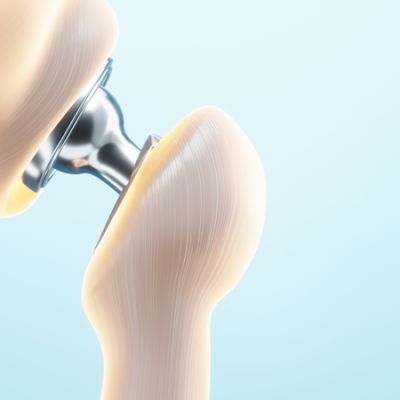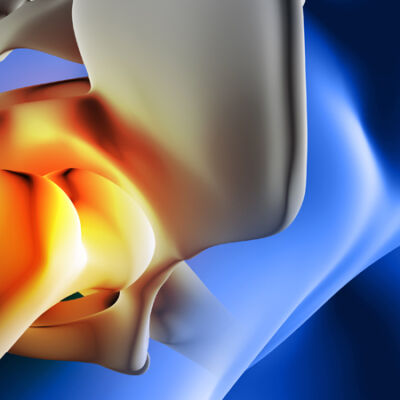hip surgery
Hip surgery
Hip surgery is a medical procedure that involves the replacement or repair of damaged hip joints. This can be due to conditions such as arthritis, injury, or wear and tear over time. Hip surgery is often recommended when non-invasive treatments have failed to provide relief for chronic pain and limited mobility in the hip joint. It may also be necessary if the damage is severe enough to impact daily activities and quality of life. There are several types of hip surgeries, including total hip replacement, partial hip replacement, and hip resurfacing. In a total hip replacement, both the ball and socket of the joint are replaced with artificial components made of metal, plastic, or ceramic materials. A partial hip replacement involves replacing only the damaged portion of the joint while preserving healthy bone and tissue. Hip resurfacing, on the other hand, involves reshaping and capping the damaged ball of the hip joint with a metal prosthesis. Recovery from hip surgery can vary depending on the type of procedure performed and individual factors such as age and overall health. Physical therapy is typically recommended to help regain strength and mobility in the affected hip joint. It is important for patients to follow post-surgery instructions carefully to ensure proper healing and reduce the risk of complications. If you are experiencing chronic hip pain or limited mobility, it is important to consult with a healthcare professional to determine if hip surgery may be necessary for your individual case. With advancements in technology and surgical techniques, many individuals have found relief from debilitating hip conditions through these procedures.The Mediterranean Clinic is at the forefront of orthopaedic surgery, specialising in the implantation of total hip replacements, ensuring a quick and effective recovery for our patients.
Discover the different hip surgery techniques in this informative guide. Learn more about the available options for treating hip problems.




